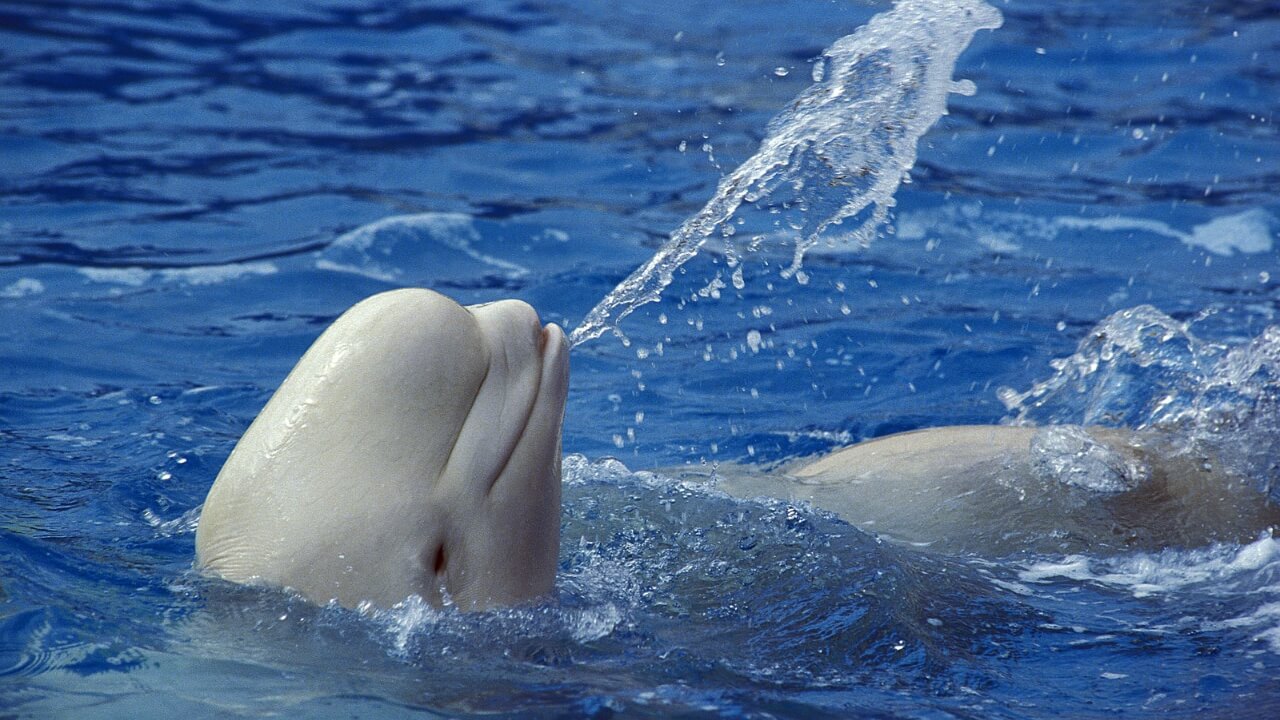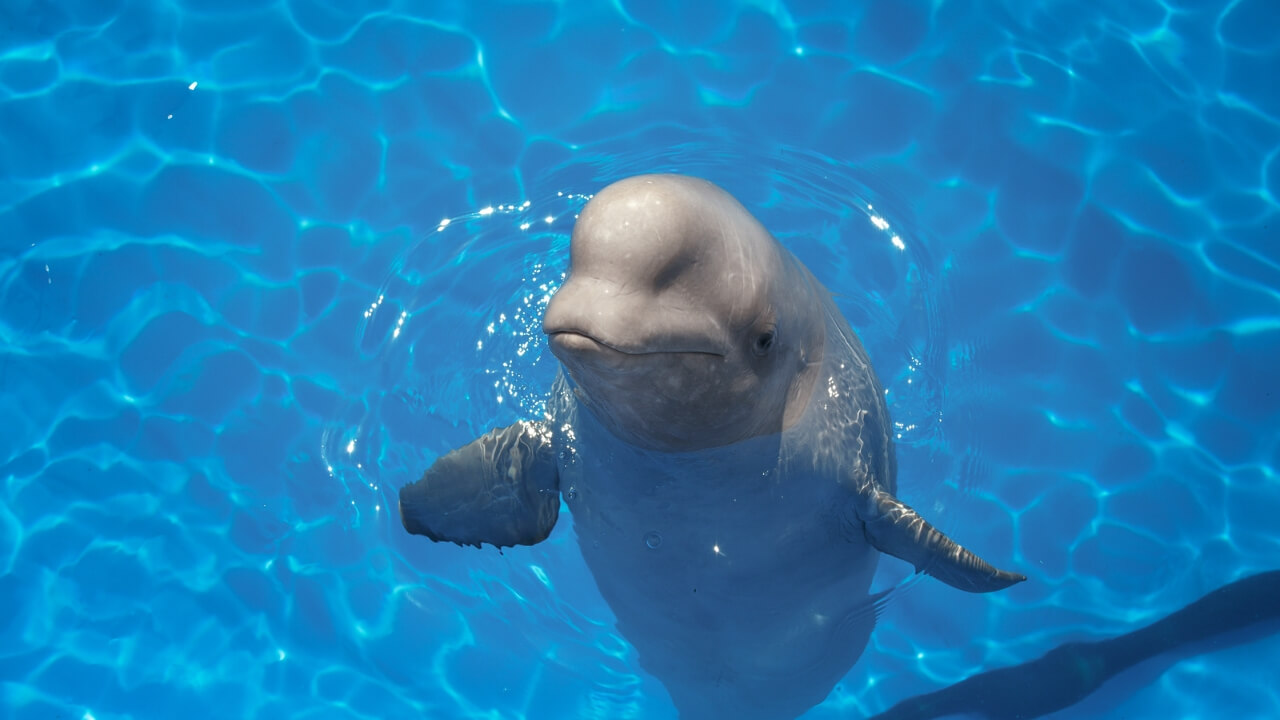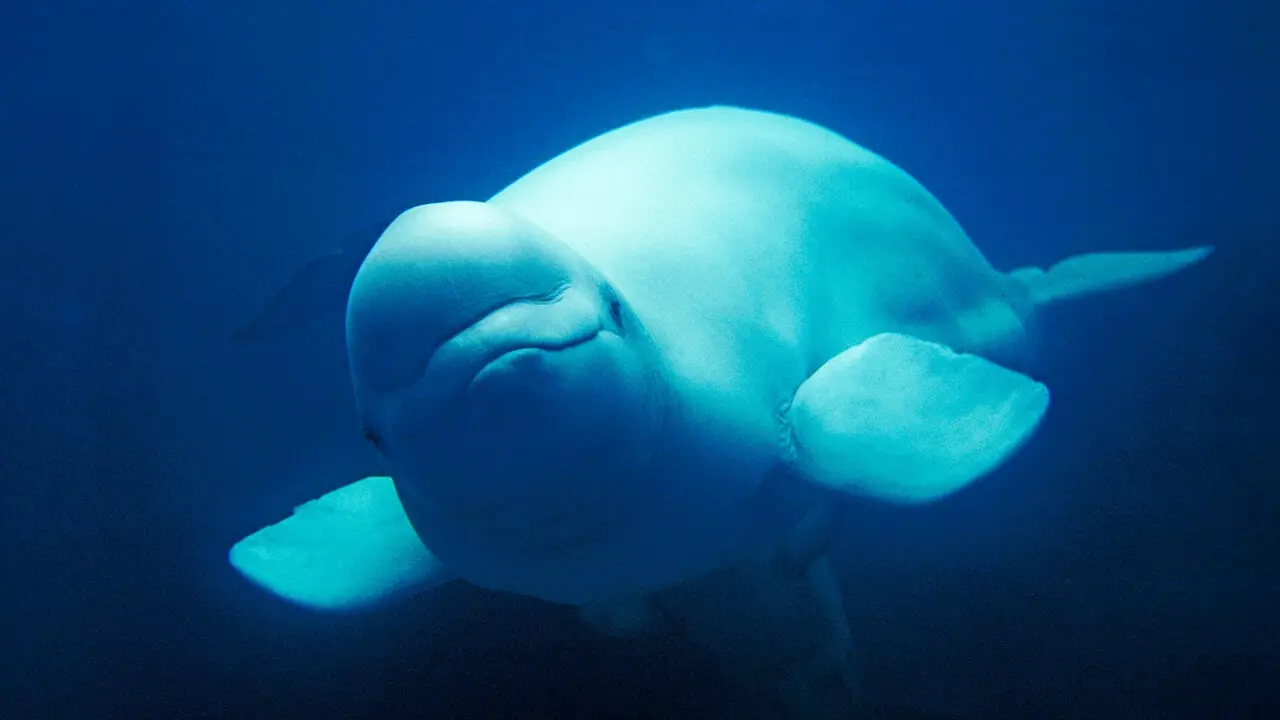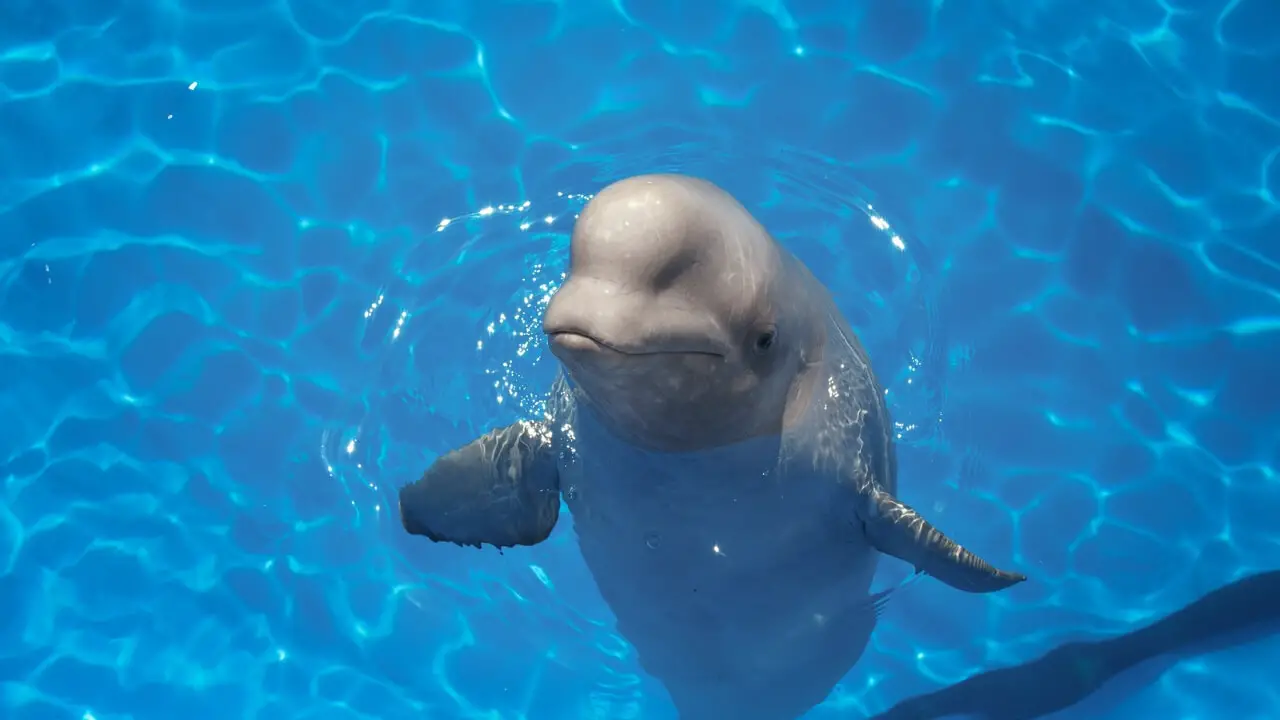Tag: beluga whale
Are Beluga Whales Endangered? | Why Are Beluga Whales Endangered?
The beluga whale is a cetacean found in the Arctic and sub-Arctic waters. It is well-known for its distinctive white color and is also known as a white whale. Like many other animal species, human activities and climate change are causing threats to belugas. However, it is currently not an endangered species and its conservation…
Written by
How Long Do Beluga Whales Live? Beluga Whale Lifespan
The beluga whale is a cetacean species that inhabits the Arctic and Sub-Arctic waters. It is well-known for its unusual white color. Its average lifespan in the wild is 35 to 50 years. Unlike many other animal species, beluga whales do not do well in captivity. Therefore, they live a longer life in the wild…
Written by
Are Beluga Whales Friendly – Are Belugas Friendly?
Beluga whales are majestic cetaceans found in the Arctic and sub-arctic waters. They are incredibly social and friendly in nature. Belugas are known to show a high level of curiosity towards humans. They are known for swimming up close alongside boats in the wild, and approaching tanks windows in captivity to observe humans. Here we…
Written by
Where Are Beluga Whales Found – Beluga Whales Habitat
The beluga whale also known as the white whale is a majestic toothed-whale species found in the coastal waters of the Arctic ocean. They are also found in the adjoining seas of the Arctic ocean. Belugas are highly migratory species and travel in large groups (known as pods) throughout the year. Here, we gathered all…
Written by
How Many Beluga Whales Are Left In The World – Beluga Whale Population
The beluga whale is an iconic toothed whale species found in the Arctic and Sub-arctic waters of the Northern Hemisphere. Their total worldwide population is estimated to be about 150,000 to 200,000 individuals. In recent years, they face a rapid decline in their population because of human activities like pollution, climate change, and overfishing. Here…
Written by




